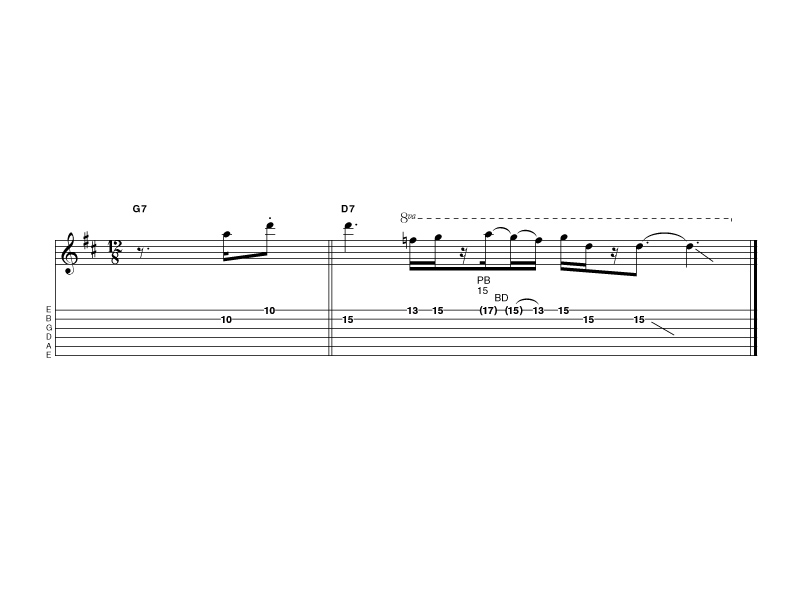Blues Guitar Lessons: White Chicago blues
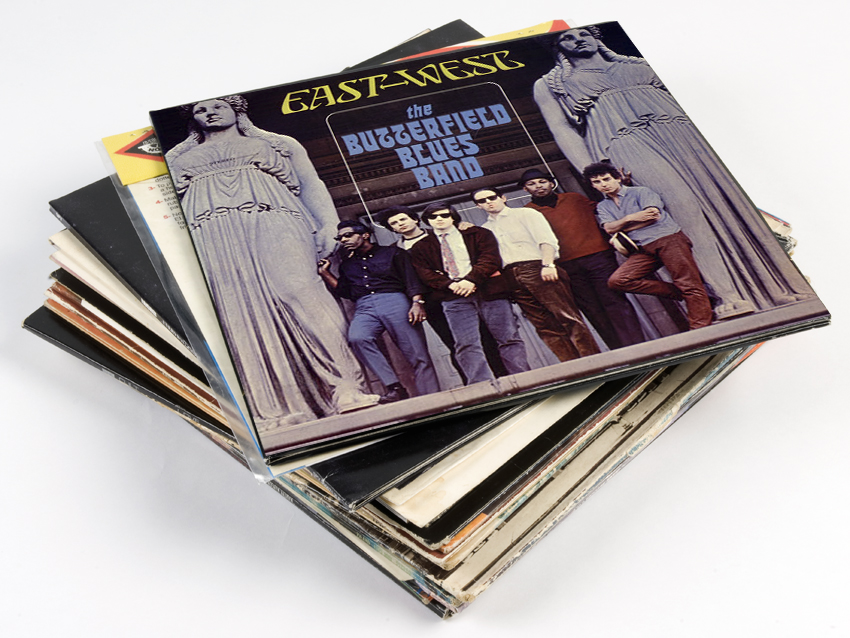
The American Clapton?
In this tutorial, we examine the playing of a Chicagoan that many say was the 'American Clapton' - the great Michael Bloomfield.
The Clapton/Bloomfield comparisons came about for several reasons. There's the obvious 'white boy playing black music' connection, but the two players were also sidemen to leading blues lights in their respective lands - Paul Butterfield and John Mayall.
They got into playing vintage guitars at exactly the same point too; Bloomfield's use of 1950s Telecasters, P-90 Les Paul Goldtops and, of course, his '59 sunburst closely mirrored Clapton's taste at the time (EC had used Teles in The Yardbirds and actually wanted a Goldtop like Freddie King's, but found a sunburst instead).
Musically, though, while Clapton's take on Freddie, BB, Albert, Otis Rush and so on was very accurately executed, with 'finesse' being his musical watchword, Bloomfield attacked his licks, often adding wild vibrato and unexpected phrases.
The shock of Clapton for any of us lucky enough to hear him at the time, was the timing, taste and technique in his playing: Bloomfield exhibited more of the 'on the edge of your seat' approach that we've come to associate with Jimmy Page and Buddy Guy.
There were sonic differences between them too, with Bloomfield's generally cleaner tone due to his use of Fender (or Gretsch) amps, while Clapton's deployment of heavier-toned Marshalls is of course legendary.
These licks look at the edgy side of his playing, so some of them are a tad off-the-wall - but there's nothing wrong with that as far as we're concerned.
Click onwards for the tab, examples and backing track.
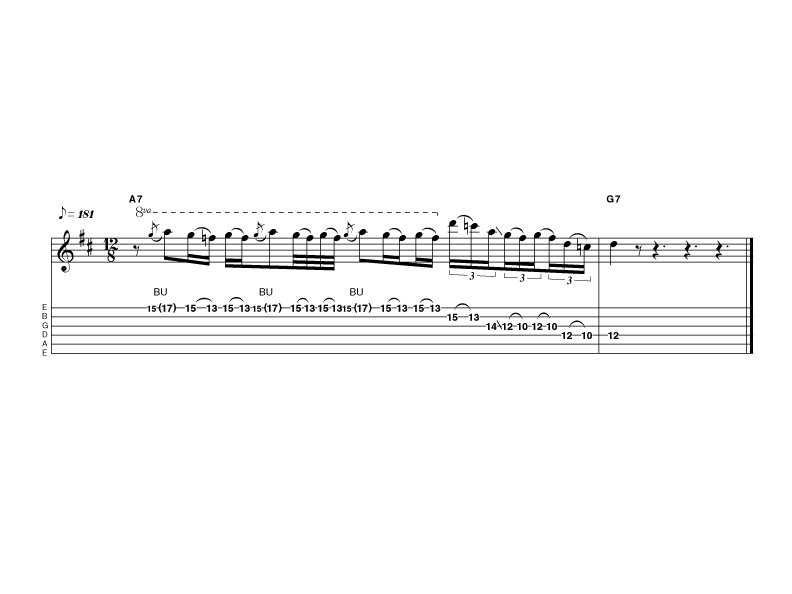
Lick one
You can hear this technique in the playing of both BB and Albert King. It seems Bloomfield is ‘thinking’ D minor pentatonic (DFGAC), but targeting the key of D’s major third (F#).
He’s playing over the dominant A7 chord, so it might be seen as wrong, except that fortuitously F# is also the sixth of E. It’s typically ‘edgy’, though!
Listen:
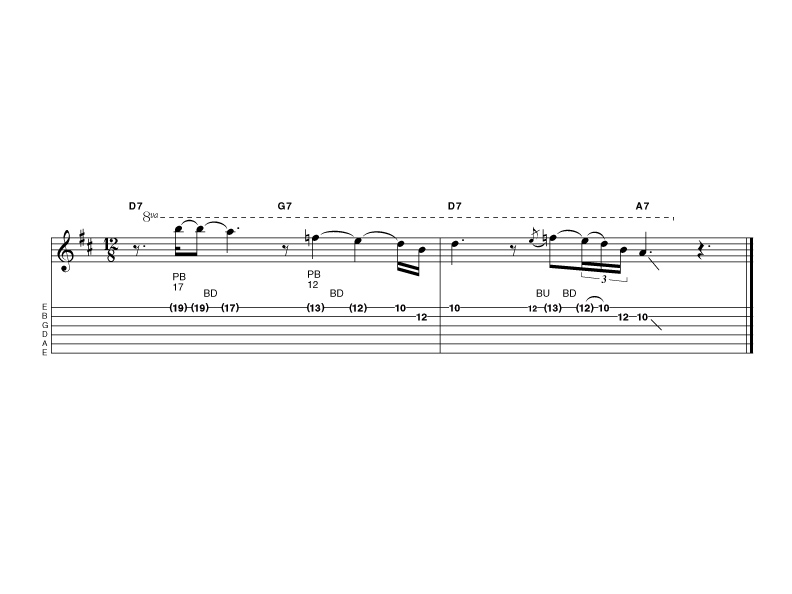
Lick two
Bloomfield loved to create ‘shapes’ in his solos using bends such as this.
The first bend is let down to A giving a sixth to fifth (B to A) movement. The next bend is more ambiguous, as it’s not sure whether it’s a semitone or tone (F# to E, or F to E).
F# against G7 is a challenging sound if isolated, but in the blues context (especially when bent slightly flat, as it is here) it kind of works.
Listen:
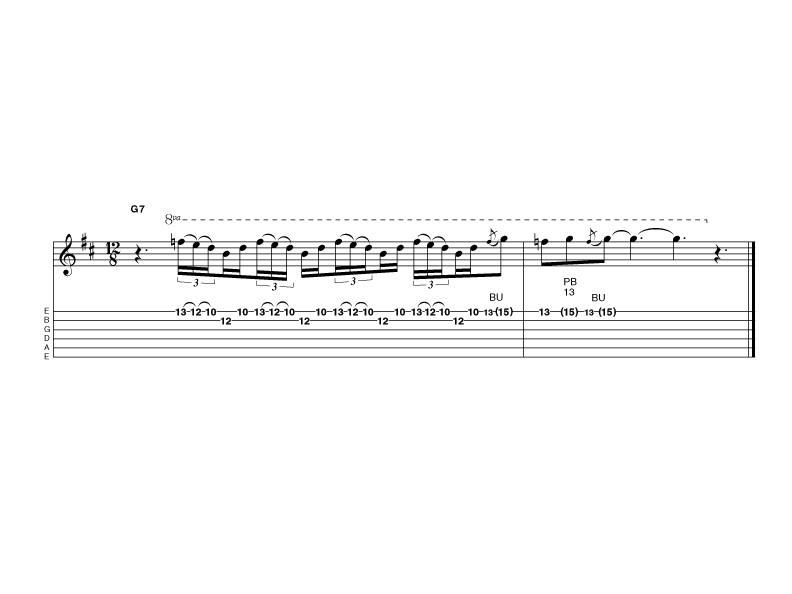
Lick four
The repeated five notes at the start of this lick over the IV chord (G) neatly outline its b7, sixth, fifth and third in a way that players from Les Paul through Cliff Gallup, to Beck and Santana, have done.
Bloomfield made the timing seem on the edge, though - and his fluttering, almost unsure vibrato made it his own.
Listen:
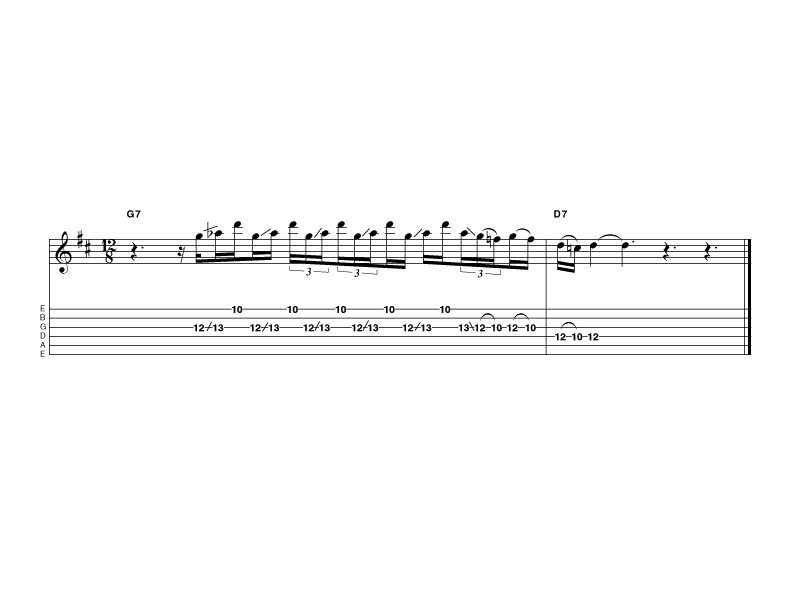
Lick five
The point about this is the fourth, to b5, to root movement (G-G#-D) at the head of the lick.
You don’t often hear the notes played this way around, with a skip from the third to the first string, missing out the second string on the way.
Again, the repetition strengthens a simple theme and gives the lick a recognisable shape and personality, even if the remaining notes are conventional pentatonic fare.
Listen:
Backing track:
(Download)
